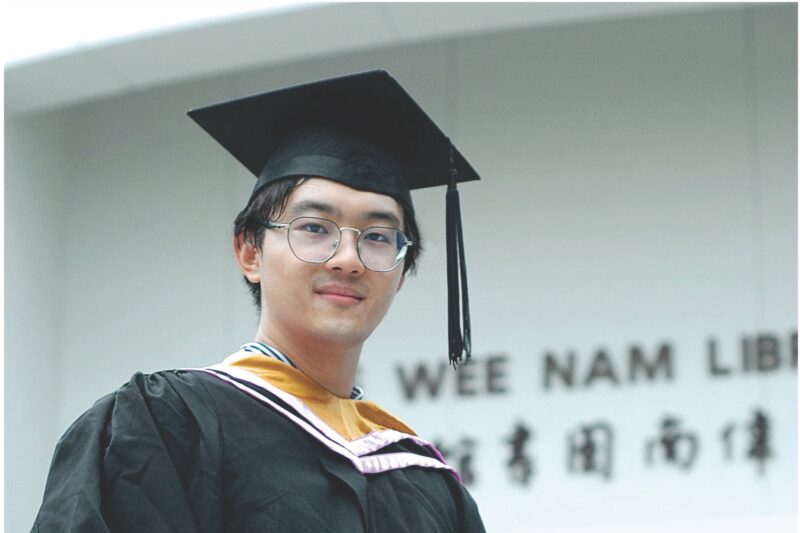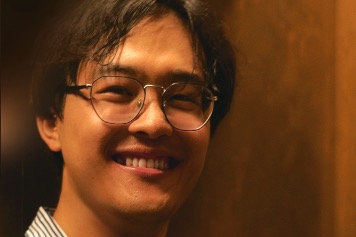
Shichen did not think he would go this far when he first stepped into Singapore waters. An avid gym goer who thrives on spontaneity, Shichen rarely gives a deep thought about his future trajectory, preferring to “go where the world brings me to, live where the world wants me in”.
However, his outlook on his career changed after he had sat through Prof. Andreas Herkersdorf’s lesson on system-on-chip solutions and architecture. Shichen was so intrigued by the lessons taught by Prof. Herkersdorf that he sought to lay his hands on research paper after research paper, participating actively during lectures so that he could fully understand the lesson and spend the rest of his free time after lesson to delve deeper into the topics that he loves.
The depth of knowledge acquired from Prof. Herkersdorf’s lectures galvanised a sense of zeal and purpose in him to hone his skill set in computer architecture so badly.
“I will try to participate actively in each lecture and interact with the professors during and after the lectures. These interactions often sparked new ideas and deepened my understanding of the subjects,” Shichen elaborated.
“I spent quite a lot of time trying to understand the hardware part of the computer and other digital circuits. I assess the trade-off between different designs and balance the hardware functions with other software functions to optimise performance and power,” explained Shichen.
The effort he has invested during and after every lesson came into full play during his internship when he was handed his first onslaught of responsibilities.

“I was in charge of developing of enhancing the hardware/software interface and providing corresponding software recommendations to improve a chip design. This baffled me – how could I improve the chip design already designed by senior engineers with so much experience and knowledge than me? I was afraid I could not do well with my limited knowledge and experience, but my supervisors and colleagues at STMicroelectronics were extremely encouraging. They told me that new designers come with a blank slate of mind and fresh perspectives. Being free from any prejudice or precedence, new designers have the potential to think of something innovative that senior designers never thought of. That really gave me a confidence boost,” Shichen explained.
Following closely what his mentor told him, Shichen tried to base his actions around a simple tenet: think out of the box. He stuck to a core principle his mentors at STMicroelectronics and TUM professors taught him: don’t read it in linear; read it in layers.
By analysing the chips first from their skeleton before diving into their flesh and nerves, Shichen was able to derive his first set of enhancements for the chip, which eventually earned him the Best Thesis Award among his cohort. It was also an opportunity that dovetailed perfectly with what Shichen hopes to work on in the future and with the best minds who inspired him to enter the world of computer architecture.
